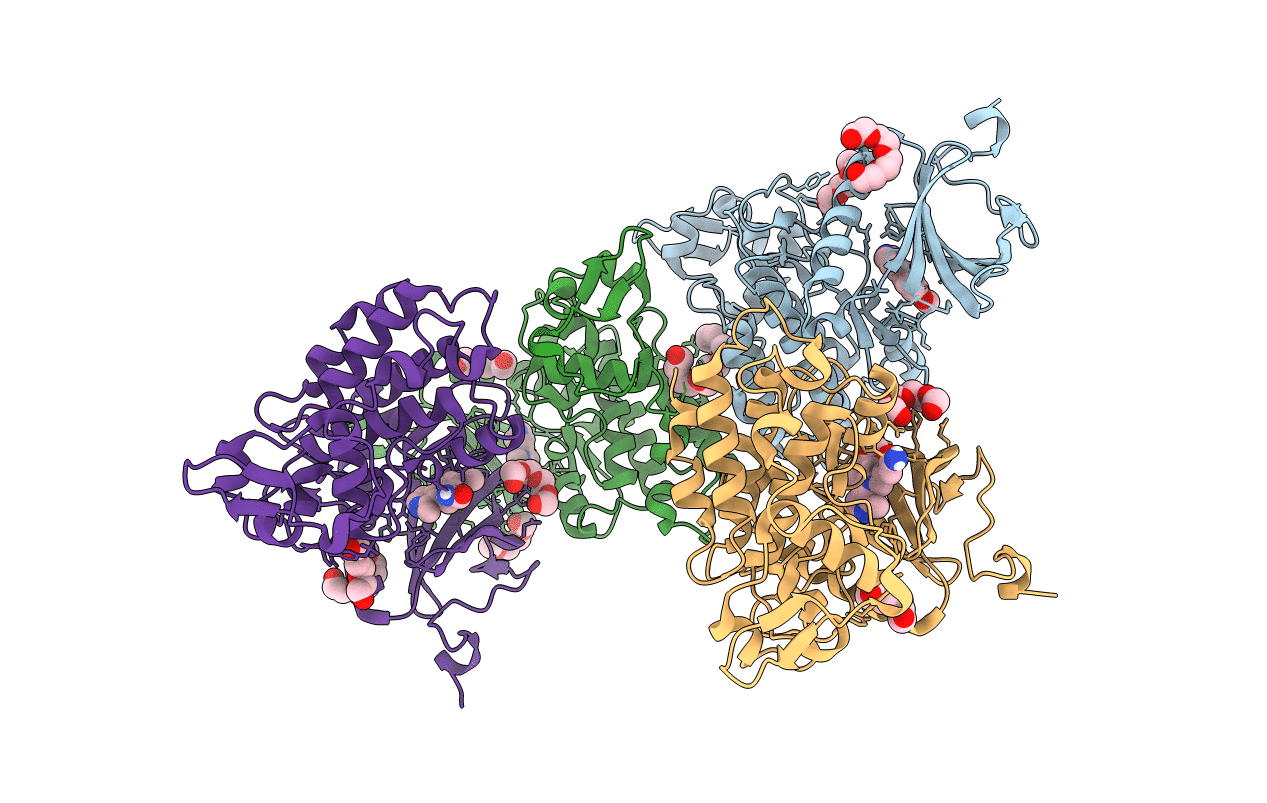
Deposition Date
2019-11-05
Release Date
2020-02-12
Last Version Date
2024-11-13
Entry Detail
PDB ID:
6UWY
Keywords:
Title:
DYRK1A bound to a harmine derivative
Biological Source:
Source Organism:
Homo sapiens (Taxon ID: 9606)
Host Organism:
Method Details:
Experimental Method:
Resolution:
2.95 Å
R-Value Free:
0.22
R-Value Work:
0.19
R-Value Observed:
0.19
Space Group:
C 1 2 1


